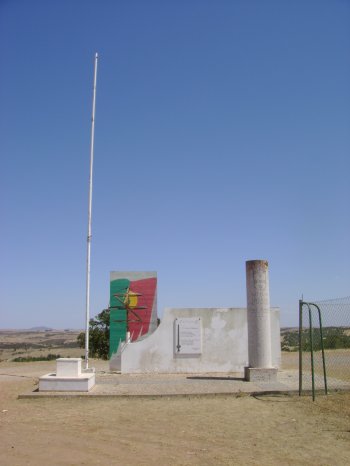Explore the best places
Heritage in Portugal
Museu da Ruralidade
- heritage
Rua de Santa Madalena
7780, Entradas
The Rurality Museum has three exhibition areas: a temporary exhibition area (where objects representing the region's rural life are on display), a temporary exhibition area (occupied by a blacksmith's workshop and some miniature agricultural implements) and the Orality Center, where it is possible to consult various documentation of the region's intangible heritage, with emphasis on the Castro Fair and the Campaniça guitar.
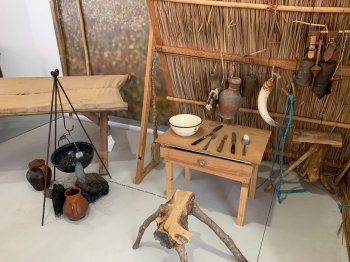
Núcleo Urbano de Castro Verde
- heritage
Praça da Liberdade
7780-160, Castro Verde
The Tourist Office organizes a tour that takes in Castro Verde's main attractions. By appointment, you can visit the Royal Basilica, the Lucerne Museum, and local crafts, among other attractions.
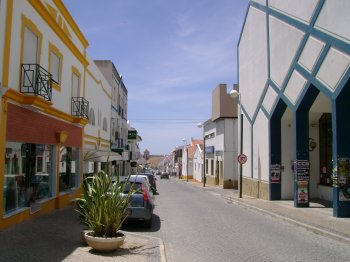
Sítio Arqueológico de São Pedro das Cabeças
- heritage
São Pedro das Cabeças
7780-251, Castro Verde
Archaeological remains date back to the Second Iron Age, 5th and 3rd centuries BC. The chronological period ranges from the Chalcolithic to the Roman period. It is also said that the Battle of Ourique took place in São Pedro das Cabeças.
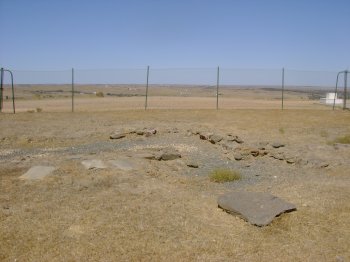
Núcleo Etnográfico do Monte das Oliveiras
- heritage
Monte das Oliveiras
7780-251, Castro Verde
This agricultural farm showcases life on a typical Alentejo farm. It includes a small ethnographic center made up of objects and memories of the owners. To visit this site, which is also notable for being home to the largest White Stork colony in the region, you'll need to make a reservation at the tourist office.
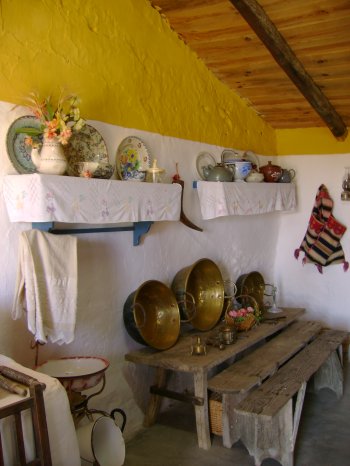
Museu da Lucerna
- heritage
Largo Victor Guerreiro Prazeres
7780-218, Castro Verde
The museum features a unique collection of Roman oil lamps (1st to 3rd centuries AD), discovered in 1994 in the town of Santa Bárbara dos Padrões. These oil-fueled lighting fixtures feature a variety of decorative motifs.
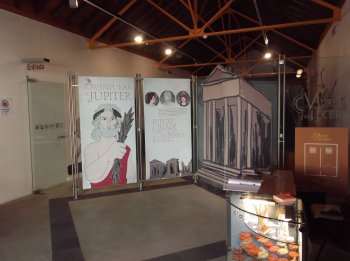
Rua Dom Afonso Henriques
- heritage
Rua Dom Afonso Henriques
7780-183, Castro Verde
Rua Dom Afonso Henriques is one of the most emblematic streets in the municipality of Castro Verde, stretching from Praça da República to Largo Victor Guerreiro Prazeres, passing through Largo da Câmara. It is around this street, with its Portuguese pavement, that some of the municipality's most important monuments and buildings are located, from a political, administrative, and religious perspective. Of note are the Church of the Chagas do Salvador (or Church of Our Lady of Remedies), the Castro Verde Parish Church (or Royal Basilica), the Monument-Standard commemorating the Battle of Ourique, and the City Hall building.
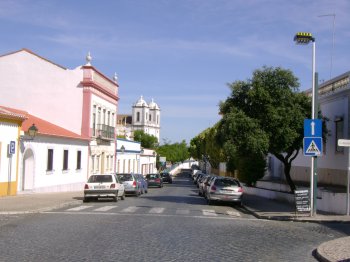
Moinho de Vento
- heritage
Largo da Feira
7780-131, Castro Verde
A tower mill restored in 2003, although the exact date of its construction is unknown. Decommissioned since the 1930s, it served as a residence until its restoration by the city government. All that remains of the original building are the tower and the sleepers supporting the floors of the interior floors.
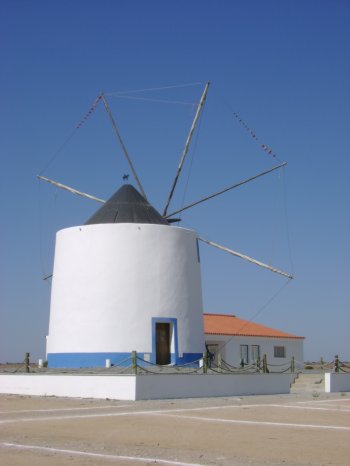
Igreja Matriz de Castro Verde / Basílica Real de Castro Verde
- heritage
Praça do Município
7780-217, Castro Verde
The church consists of a nave and a chancel, with a symmetrical façade framed by two bell towers. It sits atop a former temple commissioned by King Sebastian in 1573, and was constructed between 1727 and 1735, during the reign of King John V. Inside, highlights include eighteenth-century tile panels depicting the Battle of Ourique and the Basilica's Treasury.
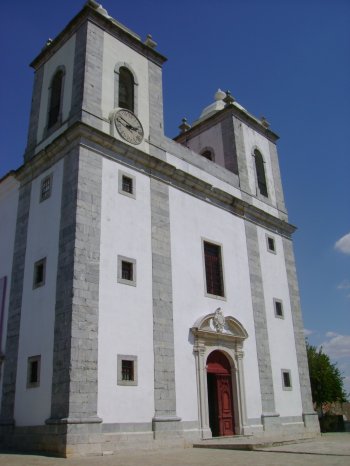
Igreja das Chagas do Salvador / Igreja de Nossa Senhora dos Remédios
- heritage
Rua Dom Afonso Henriques
7780-183, Castro Verde
This church was built on top of another church, whose founding is legendary and attributed to D. Afonso Henriques. In the 18th century, the façade was rebuilt, displaying an interesting Baroque style. Inside, a marbled stucco main altarpiece with a gilded throne and some 18th-century tiles inspired by Dutch models stand out.
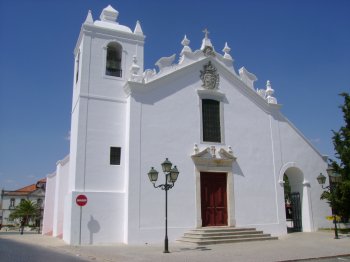
Local Histórico da Batalha de Ourique
- heritage
São Pedro das Cabeças
7780-251, Castro Verde
Although the location of the famous Battle of Ourique is not agreed upon by all historians, many point to the "Campo de Ourique" as the likely site of the battle between Christians and Moors. The battle, which took place in 1139, resulted in a crushing victory for the Christian troops led by D. Afonso Henriques. Such a victory led Dom Afonso Henriques to proclaim himself King of Portugal on the battlefield itself. Confirmation of the title was only issued by the Holy See in 1979. According to legend, which began to be recounted in the 14th century, on the day …
